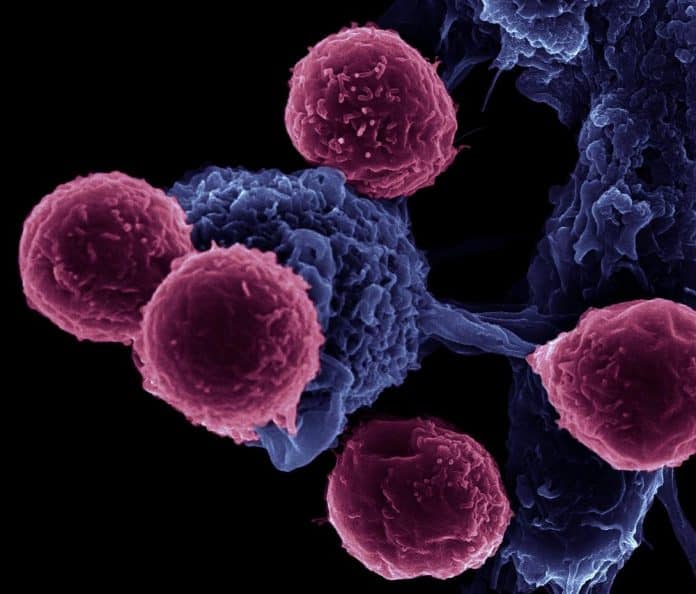Transcription Factor Protein Promotes Immune Cell Memory: Study
T-lymphocytes are part of the immune system and develop from stem cells in the bone marrow. They help protect the body from infection and may help fight cancer. A critical part of the immune system lying at the centre of adaptive immunity, the system that tailors the body’s immune response to specific pathogens- the T cells prevent repeat infections, these cells retain a record of germs they’ve fought before. But for all their importance, the origins of memory T cells have remained a mystery.
Now, investigators from The Scripps Research Institute’s Florida campus have discovered a transcription factor, a protein called Runx3 that facilitates the transition of T cells into memory T cells. This is opposed to the T cells becoming effector cells, which do not live past the resolution of the infection. Memory T cells can live for many years.
“There are instances such as chronic infection and tumors where the T cells differentiate in an aberrant way that shortens their life span and decreases their function,” explained Matthew Pipkin, PhD. “Because our study found that Runx3 is one of the earliest players during an immune response, manipulating it might be an avenue to basically turn back the clock and reprogram dysfunctional T cells into a format that is conducive to them developing into genuine memory cells that are protective.”
Runx3’s control of T cell differentiation is important because when our bodies fight off viruses and cancers—and our T cells burst into action—the vast majority tend to become effector cells. The amount of Runx3 has a deterministic effect on the outcome of the differentiation of the T cells, Pipkin says. Runx3 controls that burst of activity and ensures the cells are directed toward a different fate, that of memory T cells, which can live for decades.
In the course of their study, the team studied what happened when Runx3 expression was partially suppressed using RNA interference. “All those experiments showed you lost the known precursors that give rise to memory T cells,” Pipkin says. Conversely, cells with experimentally increased Runx3 produced more memory T cells.
Pipkin and his team tinkered with Rnx3 expression to see what would happen in the cell, first suppressing it. Any cells lost would be a direct result of lacking Rnx3. So when memory T cell levels dwindled in the absence of Rnx3, researchers could confirm the relationship between the two entities. Additionally, cells with increased expression of Rnx3 produce more memory T cells.
“Our work demonstrates that Runx3 turns down another transcription factor that commits the cells to becoming these terminal effector cells, and it slows down proliferation. That keeps the cells on a trajectory into the memory lineage.”
“We know that Runx3 is working with a number of additional transcription factors and chromatin regulatory proteins,” Pipkin says. “So, we are currently trying to identify them and determine how they collaborate with Runx3 to turn on and off different regions of the genome to promote memory development.”






























